NEW YORK, U.S.: It is not uncommon for denture wearers to suffer fungal infections that cause inflammation, redness and swelling in the mouth. Seeking to avoid or better treat such denture-related stomatitis, researchers from the University at Buffalo have used 3-D printing to create dentures filled with microscopic capsules that periodically release amphotericin B, an antifungal medication. They found that the dentures reduced fungal growth.
“The major impact of this innovative 3-D printing system is its potential impact on saving cost and time,” said the study’s senior author, Dr. Praveen Arany, an assistant professor in the Department of Oral Biology in the university’s School of Dental Medicine.
Using PMMA for the denture material, the researchers sought to determine if the dentures could both maintain their strength and effectively release antifungal medication contained in biodegradable, permeable microspheres. The microspheres protect the drug from the heat of the printing process and allow the release of medication as they gradually break down. With a flexural strength testing machine, the scientists found that, while the flexural strength of the 3-D printed dentures was 35 percent less than that of a conventional laboratory-fabricated denture used as a control, the printed dentures never fractured.
To examine how well the dentures could release the antifungal medication, the dentures were tested with one, five and ten layers of material to learn if additional layers would allow the dentures to hold more medication. The researchers found that the dentures with five and ten layers were impermeable and thus not effective at dispensing the medication.
With the new approach, Arany believes the antifungal application could prove invaluable among those highly susceptible to infection, such as the elderly and hospitalized or disabled patients. Additionally, unlike current treatment options, such as antiseptic mouthwashes, baking soda and microwave disinfection, the new means of controlled drug release can help prevent infection while the dentures are in use.
Arany and his colleagues are now looking to further research how to reinforce the 3-D printed dentures with glass fibers and carbon nanotubes to achieve greater mechanical strength and to focus on denture relining.
The study, titled “Functionalized prosthetic interfaces using 3D printing: Generating infection-neutralizing prosthesis in dentistry,” was published in the June 2018 issue of Materials Today Communications.
Tags:
SANGAREDDY, India: A team of researchers from universities in India has developed a method of fabricating a customised, interchangeable handle for tooth ...
TOKYO, Japan: In oral and maxillofacial surgery and other fields of dentistry, the use of 3-D patient-specific organ models is increasing, and this has ...
ROCK HILL, S.C., US: 3D Systems has announced the US commercial launch of its NextDent Jetted Denture Solution. The denture system utilises multiple ...
PORTLAND, Ore., U.S.: In a recent development that could have a huge impact on the dental industry, researchers from the Oregon Health and Science ...
MEDFORD, Mass., US: Stress can present as a wide range of physical, emotional and social symptoms, such as irritability, headache, anxiety and elevated ...
LOS ANGELES, U.S.: Recent studies showing an increase in patients with periodontitis, as well as studies linking it with Alzheimer’s disease, have led to ...
INDIANAPOLIS, US: Where time can realistically and safely be saved in dental and restorative treatments, so can both money and patient chair time. A new ...
PHILADELPHIA, U.S.: The fight against plaque has been a long-running battle. In a discovery that might give dentists the upper edge, researchers from the ...
HALLE, Germany: The environmental impact of microplastics used in personal care products, such as toothpaste, has long been discussed. Tiny plastic ...
SANTA BARBARA, Calif., USA: In a breakthrough to achieving longer-lasting fillings, crowns, implants and other restorative work, researchers from the ...
Live webinar
Wed. 17 December 2025
4:00 pm EST (New York)
Dr. Melissa Vettraino Bachstein DDS
Live webinar
Thu. 18 December 2025
11:00 am EST (New York)
Live webinar
Mon. 22 December 2025
1:00 pm EST (New York)
Live webinar
Wed. 14 January 2026
12:00 pm EST (New York)
Dr. Théo Laplane, Dr. Robert Gottlander DDS
Live webinar
Fri. 16 January 2026
12:00 pm EST (New York)
Live webinar
Mon. 19 January 2026
1:00 pm EST (New York)
Philipp Kopp, Michael Seeber
Live webinar
Thu. 22 January 2026
2:00 pm EST (New York)
Dr. Nicola M. Grande DDS, PhD



 Austria / Österreich
Austria / Österreich
 Bosnia and Herzegovina / Босна и Херцеговина
Bosnia and Herzegovina / Босна и Херцеговина
 Bulgaria / България
Bulgaria / България
 Croatia / Hrvatska
Croatia / Hrvatska
 Czech Republic & Slovakia / Česká republika & Slovensko
Czech Republic & Slovakia / Česká republika & Slovensko
 France / France
France / France
 Germany / Deutschland
Germany / Deutschland
 Greece / ΕΛΛΑΔΑ
Greece / ΕΛΛΑΔΑ
 Hungary / Hungary
Hungary / Hungary
 Italy / Italia
Italy / Italia
 Netherlands / Nederland
Netherlands / Nederland
 Nordic / Nordic
Nordic / Nordic
 Poland / Polska
Poland / Polska
 Portugal / Portugal
Portugal / Portugal
 Romania & Moldova / România & Moldova
Romania & Moldova / România & Moldova
 Slovenia / Slovenija
Slovenia / Slovenija
 Serbia & Montenegro / Србија и Црна Гора
Serbia & Montenegro / Србија и Црна Гора
 Spain / España
Spain / España
 Switzerland / Schweiz
Switzerland / Schweiz
 Turkey / Türkiye
Turkey / Türkiye
 UK & Ireland / UK & Ireland
UK & Ireland / UK & Ireland
 Brazil / Brasil
Brazil / Brasil
 Canada / Canada
Canada / Canada
 Latin America / Latinoamérica
Latin America / Latinoamérica
 USA / USA
USA / USA
 China / 中国
China / 中国
 India / भारत गणराज्य
India / भारत गणराज्य
 Pakistan / Pākistān
Pakistan / Pākistān
 Vietnam / Việt Nam
Vietnam / Việt Nam
 ASEAN / ASEAN
ASEAN / ASEAN
 Israel / מְדִינַת יִשְׂרָאֵל
Israel / מְדִינַת יִשְׂרָאֵל
 Algeria, Morocco & Tunisia / الجزائر والمغرب وتونس
Algeria, Morocco & Tunisia / الجزائر والمغرب وتونس
 Middle East / Middle East
Middle East / Middle East

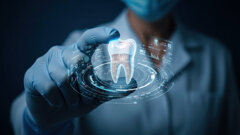


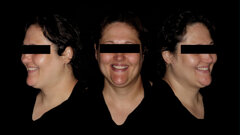
















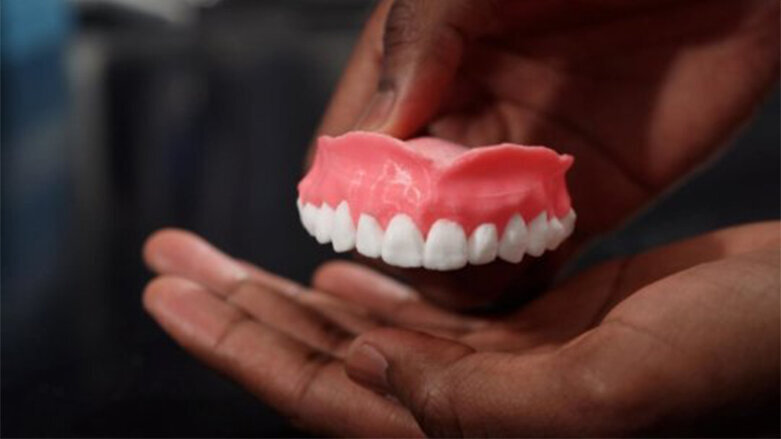




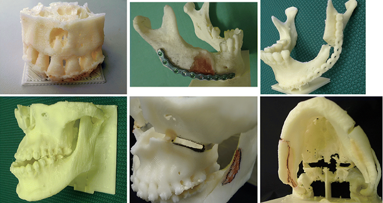
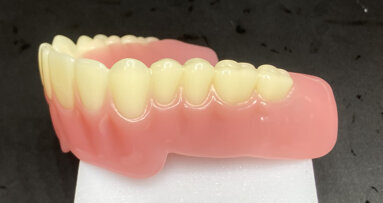
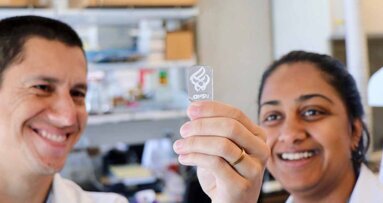

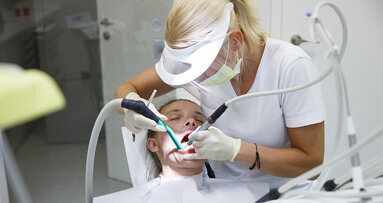
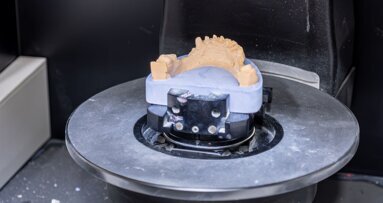

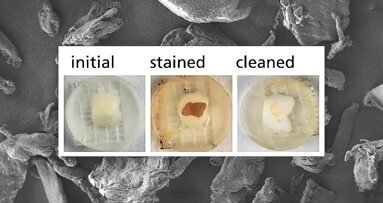









I question the prudence of ‘periodically release amphotericin B, an antifungal medication.’
While there may be a reduction in fungal growth, there will be an unavoidable imbalance of the oral microbiome, with that imbalance affecting the entire digestive system, of which the mouth is the beginning.
As always, investigating the root cause is the first appropriate step.
Fungal overgrowth indicates the denture material may be bio-incompatible for the patient.
While the overgrowth may be reduced by amphotericin B, we must take care to observe what else is reduced, increased or otherwise changed and/or destabilized.